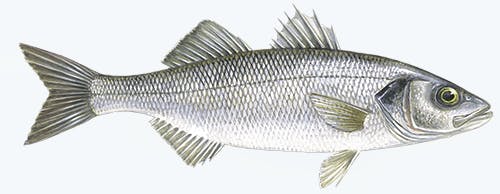All feed formulas developed by Aller Aqua at the Aller Aqua Research Centre follow these requirements to ensure proper growth and health:
High-Protein Diet: Diets typically contain 40–50% crude protein, depending on growth stage. Protein sources include fishmeal, soybean meal, and other sustainable plant-based alternatives. Protein is essential for muscle development and maintaining a healthy growth rate.
Fat and Energy Needs: Fat content in the feed is generally around 15–22%, supplying the energy needed for fast growth. Fish oil and vegetable oils (e.g., rapeseed or sunflower) are common energy sources. Energy/protein balance is carefully adjusted to avoid fat accumulation in the liver or muscle.
Essential Nutrients: Feeds are enriched with vitamins A, D, E, and C, plus B-complex for metabolic function. Minerals such as phosphorus, zinc, selenium, and magnesium are included to support bone health, immunity, and reproduction. Omega-3 fatty acids are added to enhance flesh quality and benefit consumer health.
